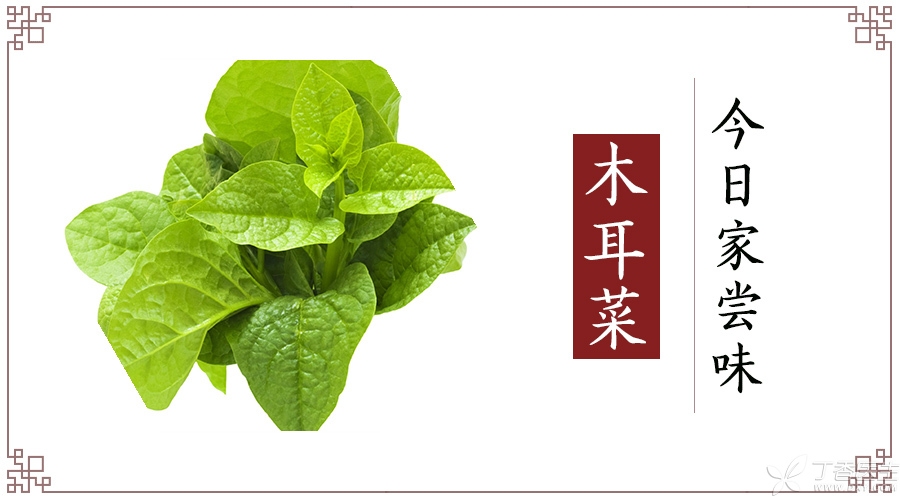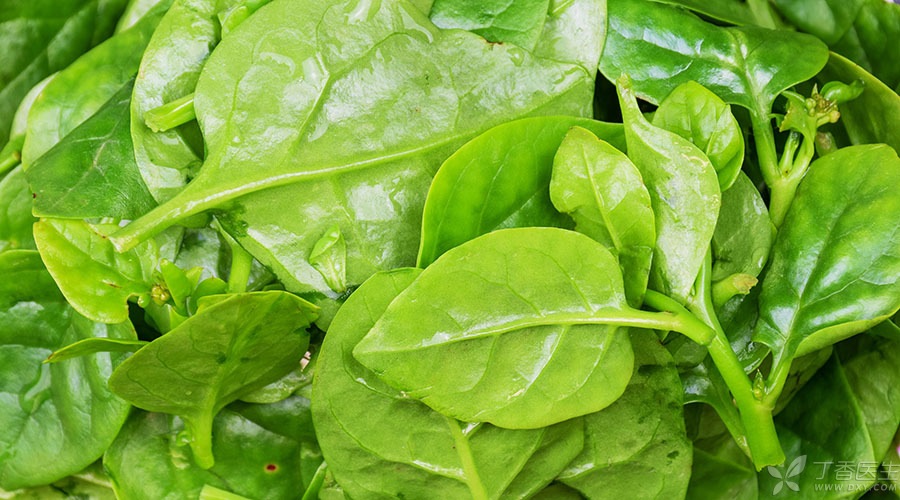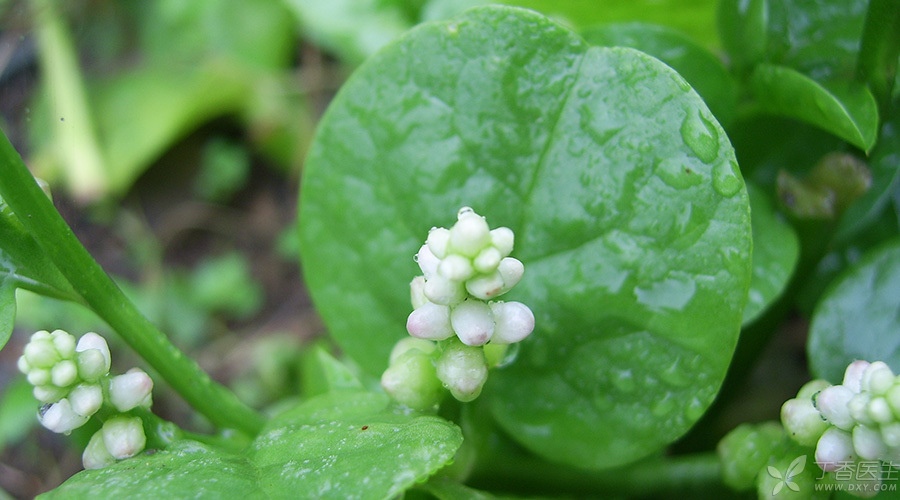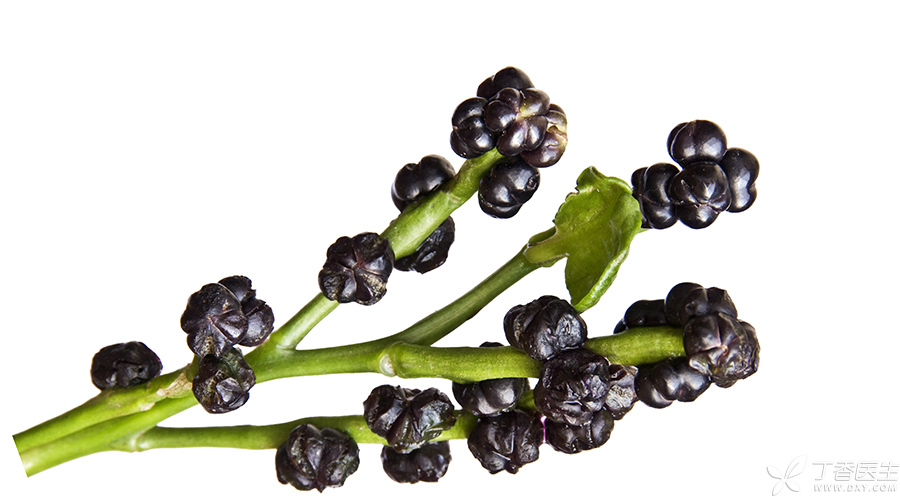
When facing unfamiliar foods, we are usually used to establishing connections with familiar foods, such as potato, tomato and cabbage.
However, just looking at the appearance of Auricularia auricula, it is really beyond the reach of the two monks-it is obviously a big green and round leaf, which is totally different from the appearance of Auricularia auricula.
It was not until it was fried in the pan and put into the mouth that the meaning was understood: the slippery feeling of stickiness and greasy was really a little similar to Auricularia auricula.
It is also because of this strange taste that some people say that agaric vegetables can supplement collagen and regulate intestinal tract. Are these statements true?
The real name is Luo Kui.
In fact, the real name of Auricularia is [sunflower].
However, as the name appearing in the vegetable market, Auricularia is more appropriate. In Guangdong, Hong Kong is called “rippling vegetable”. In Sichuan, it is called “tofu vegetable” or “soft pulp leaf”. These names can accurately express the texture of this vegetable, which is soft, sticky and smooth.
Although the appearance is somewhat similar to spinach and the taste is more like spinach with sticky juice, the sunflower and spinach are not too close to each other and have very different nutritional values. Sunflower is a vegetable belonging to the genus Sunflower of Sunflower Family. Tropical Asia is its native place. It is grown in many parts of the north and south of China and is easily bought.

Mucus does not supplement collagen, but it can relieve constipation.
Similar to the sticky and slippery things in Auricularia auricula, the mucus in Auricularia auricula vegetables is also not what protein, but a substance called [polysaccharide].
Auricularia auricula has no effect on improving skin. By the same token, Auricularia auricula vegetables certainly cannot make our skin better. If you really want good skin, you need balanced nutrition, reasonable rest and key sun protection.
Although this [polysaccharide] cannot improve skin, it has a special effect on our intestinal health.
Polysaccharides are difficult to digest and absorb, but they can provide necessary nutrition for microorganisms living in the intestinal tract and help maintain beneficial bacteria (such as bifidobacterium) in the intestine. In addition, polysaccharides can also promote gastrointestinal peristalsis, which is also a good thing.
Because of this, to a certain extent, sunflower can be used as laxative, which has the effects of moistening intestines and relaxing bowels.

Calcium content comparable to milk
The leaves of Auricularia auricula contain a variety of vitamins and calcium, iron and selenium. The content of calcium in Auricularia auricula is 109-166 milligrams per 100g, which is even higher than that of milk. Although the utilization rate may not be as high as that of milk, Auricularia auricula is still the best calcium supplement in vegetables. The content of selenium is 2.6 micrograms, which is also in the forefront of vegetables.
At the same time, planting agaric vegetables in the courtyard can also be used as a landscape in the courtyard. Bright green rattan will produce little flowers, and pink buds are especially lovely. As soft as gurgling water.
When it comes to fruiting, those dark purple fruits will have new uses. The perianth of the wrapped sunflower fruit contains a large amount of anthocyanin, which can be used as a natural edible pigment and is a model of multi-purpose.

A Delicious Healthy Recipe for Auricularia
Auricularia with sour soup
Auricularia, water (bone soup or chicken soup is preferred), pepper, mature vinegar, salt
-
Wash Auricularia dishes.
-
Boil the clear bone soup and add a little refined salt.
-
Add Auricularia dish, wait for the soup to boil, add mature vinegar and pepper. Remove from the pan.
A summer appetizer is perfect.
